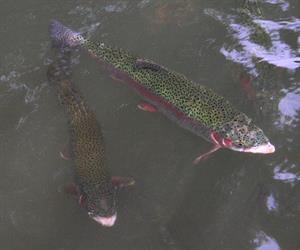
Foundation studies in aquaculture
This is the perfect course for those who are wanting a good foundation knowledge in Aquaculture. For those wanting to set up an aquaculture business, this course is also ideal, giving you the ability to independently analyse and make decisions about the management of an aquaculture business.
You will study:
- Production Systems
- Species for Farming
- Setting up a Fish Farm
- Feeding
- Harvesting